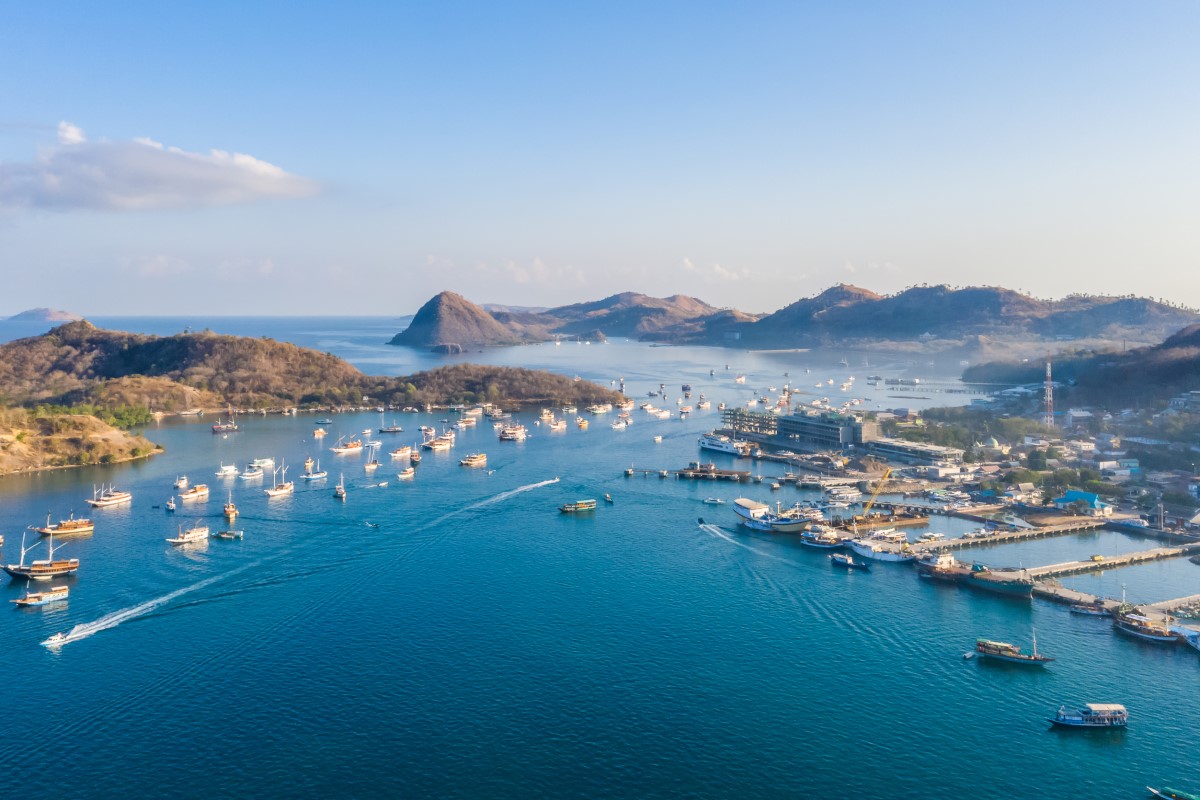Five Indonesia tourism locations have been chosen as ‘super priority’ destinations by the country’s government in a bid to increase revenues and reduce dependence on Bali as a tourist hotspot. About 18.9 trillion rupiah (~$1.26 bn) will be invested in these destinations between 2020 and 2024, for infrastructural development and personnel training along with promotional activities.
These locations are — Likupang, Yogyakarta, Mandalika, Labuan Bajo and Lake Toba. To begin with, Lake Toba is the largest volcanic crater lake in the world. Meanwhile, the city of Yogyakarta has the world’s largest Buddhist temple situated around 40 kilometres northwest of it. Labuan Bajo, also known as the city of sunsets, is famous for Komodo Dragons. While Mandalika and Likupang are well-known for their scenic beaches.
“So we’re not only focusing on sun, sea and sand – the three S’s that we’ve been so famous for… We are adding serenity, sustainability and spirituality,” said Sandiaga Uno, Indonesia’s Minister of Tourism and Creative Economy at a global summit in Saudi Arabia in 2022.
Additionally, last month, Indonesian President Joko Widodo tweeted: “The government will take advantage of the upcoming summit of the Association of Southeast Asian Nations as a promotional event for Labuan Bajo, one of the super priority tourist destinations.”
Looking back, Widodo has worked towards strengthening the Indonesia tourism sector since he came to power in 2014. In 2015, he selected 10 destinations apart from Bali that had the potential to attract large numbers of foreign tourists. In 2023, five of these 10 locations are set to receive special attention from the government.
The latest move comes after data from the Indonesian government revealed a spike in tourist footfalls in the country in 2023. The number of international tourist visits to Indonesia in January 2023 was 0.73 million, more than a 503% increase over January 2022. This is still less than the 1.27 million visits recorded in January 2020, before the pandemic hit.
“Entering the second month of 2023, visits by foreign tourists (tourists) in Indonesia reached 701.93 thousand visits. Even though it has decreased by 4.62% compared to January 2023 (month-to-month), the revival of the tourism sector is increasingly being felt,” the government said in a statement.
“This is in line with the control of the Covid-19 pandemic and the repeal of the Level I Enforcement of Community Activity Restrictions (PPKM) policy throughout the country,” it added.
Indonesia tourism sector and Bali
With Covid-19 pandemic restrictions easing, the Indonesia tourism sector is expected to attract 7.4 million people in 2023, double the figures in 2022. And most of them are expected to visit Bali as the island has historically been the largest tourist hub in the country.
In 2019, tourists visiting Bali made up 40% of the country’s total 16.1 million international visitors. Further, tourism in Bali contributes around 40% to Indonesia’s foreign reserves, as per the island’s provincial government. Before the pandemic, around 6.2 million tourists visited Bali each year. This figure dropped to 1 million in 2020 and in 2021 only 51 foreign direct tourists visited Bali as the government banned tourist arrivals in April 2021. Since then, there has been a revival in tourism to the island, with over 2.1 million tourists visiting in 2022.
This year, the island has already recorded more than 0. 32 million visits, as per data released by the Bali Central Bureau of Statistics. Bali’s room occupancy rate for hotels in February 2023 was recorded at 41.22%, up by more than 14% from February 2022.
“Even though that mass tourism in Bali remains to offer financial opportunities and stimulating infrastructural growth, nevertheless, the opportunity costs that the tourism development of Bali has to bear is the trade-off of environmental, cultural, and social meaning to the local community,” wrote Daniel Ka Leong Chong, Associate Professor at Malaysia’s Sunway University in a research paper published in 2020.
Along these lines, over-tourism in Bali has previously resulted in congestion, stretched local resources, and wreaked havoc on the environment, with 65% of the island’s groundwater being diverted into the tourism sector, reducing the island’s water table by 60%.
Furthermore, due to mass tourism, the island has faced issues with garbage disposal leading to major sanitation concerns. Reports of rowdy tourists offending locals have also dominated local news in the past and traffic congestion due to tourist overcrowding has threatened to restrict the movement of people within the island.
When asked about Indonesia’s overdependence on Bali’s tourism industry by a local media outlet in August of last year, Indonesia’s Minister of Cooperatives and SMEs Teten Masduki said, “In investment theory, one shouldn’t put all their eggs in one basket because if that basket drops, the eggs will break.”










 Australia
Australia China
China India
India Indonesia
Indonesia Japan
Japan Malaysia
Malaysia Philippines
Philippines Singapore
Singapore South Korea
South Korea Taiwan
Taiwan Thailand
Thailand Vietnam
Vietnam
 Germany
Germany Hong Kong
Hong Kong Switzerland
Switzerland Singapore
Singapore
 United Kingdom
United Kingdom








